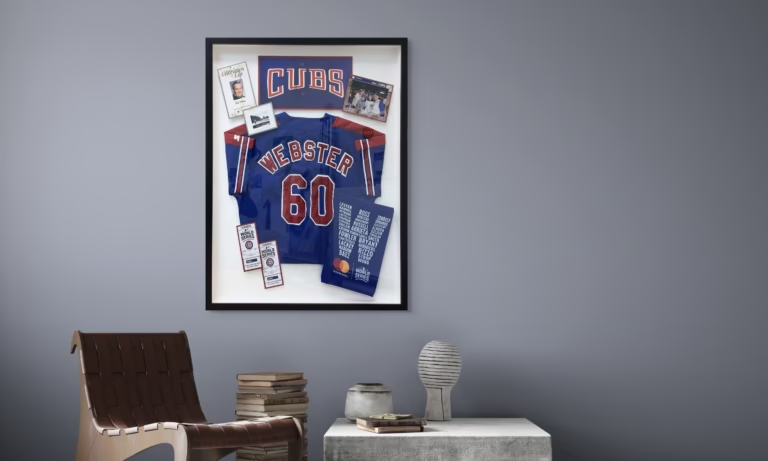Do You Know the Difference Between Printed Art Forms
There are many different styles and methods of printing artwork. Not all printers work the same, and not all printed media looks the same. A poster is different from a serigraph, and an art print is different from a photograph. Depending on the printing method used, you may want to explore different methods of framing.
This article is your guide to framing printed media – we have outlined some important definitions and considerations for you below!
The 10 most common technical terms used in printing are:
- Poster: An inexpensive, printed reproduction of a piece of artwork, generally containing some form of promotion in the margins (artist’s name, gallery or museum name, event name).
Mat and Frame - Photograph: This refers to an image captured on a camera of a real-life subject, and is often printed either on glossy paper or canvas in high resolution.
- Print: A generic term used to describe an impression made on paper from a variety of sources such as a block, plate or film negative. It generally contains no promotional information but may contain information concerning the artist, the medium and the date the original was created. Artwork is often replicated as a print.
- Lithograph: A generic term used to designate a print made using a flat surface (typically stone or metal) to produce copies. The art is etched into the flat surface, which can then be coated in ink and imprinted on paper in order to make replications.
- Serigraph: A method of printing using a prepared stencil attached to silk or polyester fabric through which color (ink) is forced.
- Etching: A printing process where an image is scratched into a plate. The plate is then dipped into acid, causing the scratched areas to be eaten away. Finally, the plate is inked and pressed into the paper to transfer the image.
- Engraving: A printing process in which lines are cut into a plate using a tool. No acid is used in this process. The plate is then inked and pressed into paper to transfer the image.
- Collagraph: A work of art produced by the inking of any combination, or collage, of materials, which forms a plate for printing the image on paper.
- Intaglio: A process which includes an all-metal plate engraving and etching processes in which the printed areas are recessed. This kind of process can include etchings, engravings, and mezzotints among others.
- Monoprint: A one-of-a-kind print made by painting on a sheet or slab and transferring the wet painting to a sheet of paper. The process, similar to a stamp, can be done by hand or by machine.
Why It Matters For Your Custom Frame
At FastFrame, the first thing we do is walk you through all your framing options with a personalized design consultation.
The type of printed art form you wish to frame matters for your frame and matting choice. You want a mat and frame that highlights your printed art, not overwhelms it. ‘
In addition, different print forms have different preservation requirements. While a new poster or photograph might not be very delicate, a historic lithograph might require Preservation Plus™ framing in order to protect it from harmful acids and UV rays.
Our experts work with you to determine the right design and materials for your custom frame based on the fragility, type, color, and size of your piece of art – plus the style of decor where the framed artwork will hang!
Most importantly, we’re here to help you create the perfect piece of framed art, whatever type it is.



